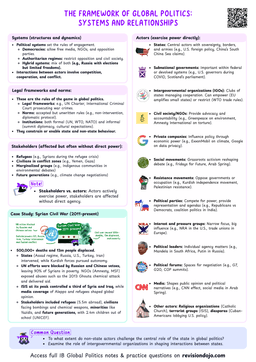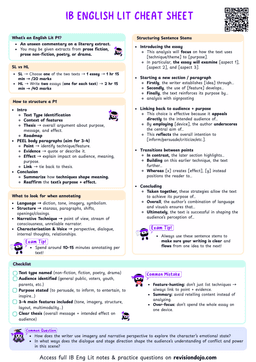Understanding Humanitarian Stakeholders
Humanitarian stakeholders
Humanitarian stakeholders are individuals, organizations, and institutions involved in providing aid and relief during crises such as natural disasters, conflicts, and pandemics.
They play a critical role in alleviating suffering, protecting human rights, and promoting recovery.

Types of Humanitarian Stakeholders
1. International Organizations
- International organizations are key players in coordinating and delivering humanitarian aid. Examples include:
- United Nations (UN)
- UN Office for the Coordination of Humanitarian Affairs (OCHA): Coordinates international response efforts.
- UN High Commissioner for Refugees (UNHCR): Provides protection and assistance to refugees and displaced persons.
- International Red Cross and Red Crescent Movement
- International Committee of the Red Cross (ICRC): Focuses on conflict zones, ensuring compliance with international humanitarian law.
- International Federation of Red Cross and Red Crescent Societies (IFRC): Supports national societies in disaster response and recovery.
- United Nations (UN)
- The ICRC played a vital role in Syria, providing medical aid and negotiating access to besieged areas during the civil war.
2. Non-Governmental Organizations (NGOs)
- NGOs are often at the forefront of humanitarian efforts, providing specialized services and advocacy. Examples include:
- Médecins Sans Frontières (MSF): Provides medical care in conflict zones and disaster areas.
- Oxfam: Focuses on poverty alleviation, water, and sanitation.
- Save the Children: Protects and supports children in crisis situations.
- During the 2010 Haiti earthquake, MSF established field hospitals and provided critical medical care to thousands of injured people.
3. Governments
- National governments are responsible for protecting their citizens and coordinating with international partners.
- Roles include:
- Providing resources and infrastructure for relief efforts.
- Facilitating access for international aid organizations.
- Implementing policies to support recovery and reconstruction.
- The Philippine government worked with international partners to coordinate relief efforts after Typhoon Haiyan in 2013, highlighting the importance of government involvement in humanitarian response.
4. Local Communities and Civil Society
- Local actors are often the first responders in crises, providing immediate assistance and support.
- Roles include:
- Community-based organizations: Mobilize resources and volunteers.
- Religious institutions: Offer shelter, food, and emotional support.
- Local leaders: Coordinate efforts and communicate needs to external stakeholders.
- Local actors possess invaluable knowledge of the community's needs and cultural context, making their involvement crucial for effective humanitarian response.
5. Private Sector
- The private sector plays an increasingly important role in humanitarian efforts through:
- Corporate social responsibility (CSR) initiatives.
- Donations of goods and services.
- Partnerships with NGOs and governments.
- During the COVID-19 pandemic, technology companies like Google and Microsoft provided digital tools and data analysis to support public health efforts.
The Role of Humanitarian Stakeholders
1. Emergency Response
- Providing immediate relief: Food, water, shelter, and medical care.


